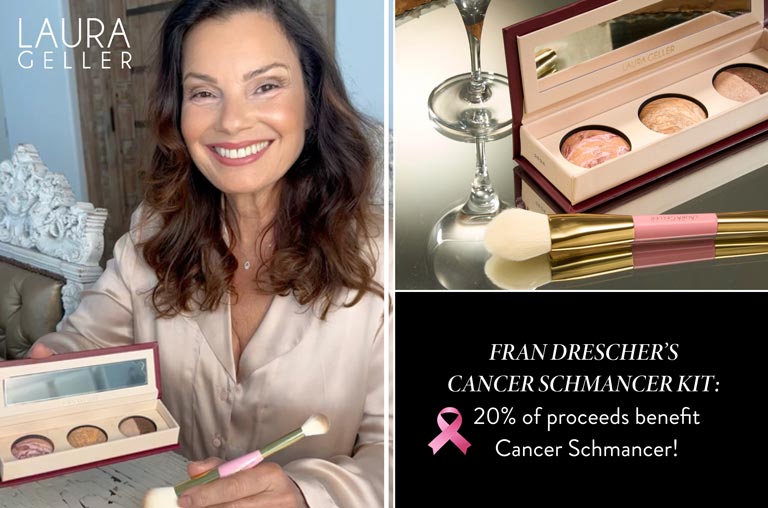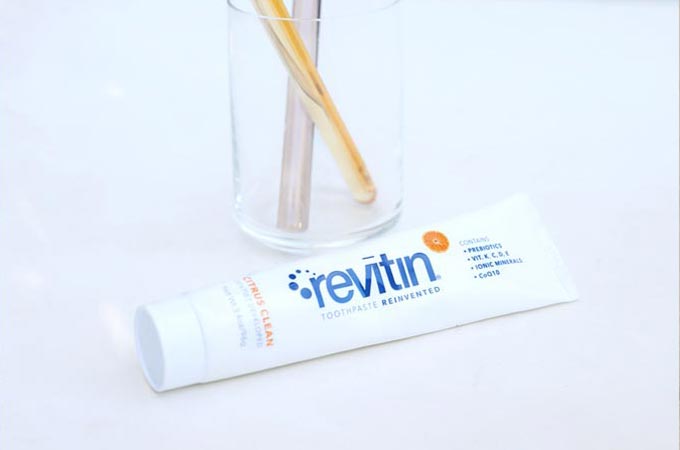Elevating the Health of Girls
Many girls around the world face challenges to their health and well-being.
Preventing HIV Infection
According to The Joint United Nations Programme on HIV/AIDS (UNAIDS) Global Commitments, Local Action Report, in sub-Saharan Africa, six out of seven new HIV infections among adolescents aged 15–19 years are among girls and women, and in 2021, girls accounted for more than 60 percent (63%) of all new HIV infections in this region. The root causes that give rise to the disproportionate burden of HIV among young women and girls are complex – poverty, access to education, violence, harmful social/cultural norms, and access to preventive care and treatment. Because every girl is part of a larger community, it is important to reach out to and work with families and communities to build skills and support that help to protect girls against HIV.
CDC works on several fronts to make an impact in the fight against HIV among young women and girls. In 2014, as part of U.S. President's Emergency Plan for AIDS Relief (PEPFAR), CDC helped launch the DREAMS initiative, a multi-pronged approach to help adolescent girls and young women live Determined, Resilient, Empowered, AIDS-free, Mentored, and Safe lives. Through this effort, PEPFAR and its implementing agencies aim to drive down HIV infections among girls ages 15-24 in high-burden geographic areas.
DREAMS public-private partnerships consist of a core package of evidence-based interventions that address the many overlapping vulnerabilities of adolescent girls. These interventions are being implemented by CDC in 13 countries: Botswana, Cote d'Ivoire, Eswatini, Haiti, Kenya, Lesotho, Malawi, Mozambique, South Africa, Tanzania, Uganda, Zambia, and Zimbabwe. DREAMS works across communities to empower young women and girls by expanding educational access and economic training, creating supportive and empowering environments to build skills that protect against HIV, and implementing programs that expand access to treatment for HIV-positive girls, women, and men.
Protecting Girls from Cervical Cancer
Cervical cancer claims the lives of over 300,000 women worldwide each year – one woman every two minutes. Most of these women live in low- and middle-income countries. HPV vaccines are safe and effective, and they can prevent most HPV-associated cancers, including cervical cancer. This is especially important in low-income countries with limited access to screening.
Recognizing the opportunity to prevent unnecessary deaths, countries are introducing HPV vaccinations nationwide for all girls. Through tailored strategies, low- and middle-income countries are able to introduce the HPV vaccine by developing plans to reach girls between the ages of 9 and 14.





















